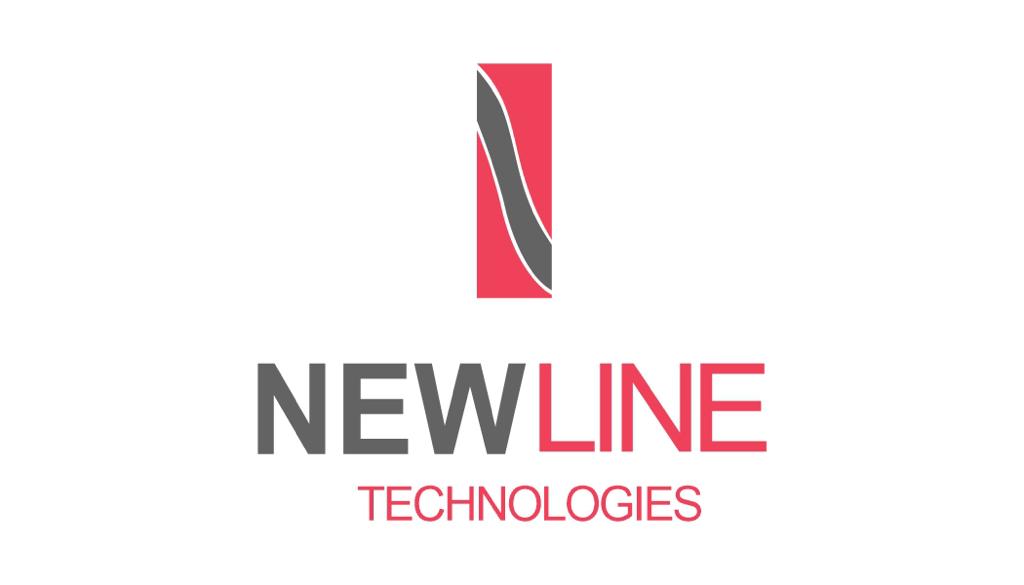Broadcast television and radio are services that transmit audio and video signals over the airwaves to reach a wide audience. Here is some general information about these services:
- Broadcast Television:
Broadcast television is the distribution of television content over the airwaves using radio frequency signals. This means that viewers can receive and watch television channels for free using a TV set with an antenna, without the need for a cable or satellite subscription.
- Radio Broadcast:
Broadcast radio is the distribution of radio content over the airwaves using radio frequency signals. Radio stations broadcast a range of content, including music, news, talk shows, and sports coverage.
To receive broadcast radio, you will need a radio receiver that can pick up the frequency of the radio station you want to listen to. This can be a standalone radio unit, a radio app on your smartphone or computer, or a smart speaker with built-in radio capabilities. The radio receiver will need to be within range of the radio station’s broadcast signal, which typically has a limited range depending on the frequency and transmission power of the station.
Satellite And Terrestrial Broadcast
Satellite and terrestrial broadcast services are two different ways of transmitting audio and video signals to reach a wide audience. Here is some general information about these services:
- Satellite Broadcast Service:
Satellite broadcast services use geostationary satellites orbiting the Earth to transmit audio and video signals to a wide coverage area. These signals are received by satellite dishes and converted into TV or radio content.
Satellite broadcast services offer a wider coverage area than terrestrial services and are more suitable for reaching remote or hard-to-reach areas. However, they require a satellite dish and a satellite receiver, which can be more expensive than the equipment needed for terrestrial services.
- Digital Terrestrial Television Services:
Digital terrestrial television (DTT) services are television broadcasts that are transmitted over the airwaves using digital signals, rather than the analog signals used by traditional broadcast television.
DTT offers several advantages over analog broadcasting, including improved picture and sound quality, greater channel capacity, and more efficient use of broadcast spectrum. With digital broadcasting, broadcasters can transmit more channels and additional services, such as electronic program guides and interactive features.
To receive DTT, viewers will need a digital television set or a set-top box that can decode digital signals. In many countries, governments have mandated the switch from analog to digital broadcasting and have provided subsidies or support to help viewers upgrade their equipment.
Telecommunication Tower Satellite Dish Network

A telecommunication tower is a structure that supports antennas used for wireless communication, such as cellular networks, broadcast television and radio, and satellite communications. A satellite dish network is a system of receiving and transmitting satellite signals using a dish antenna.
Satellite dish networks are commonly used for TV and internet services in areas where terrestrial services are not available or have limited coverage. These networks typically consist of a dish antenna that receives signals from a satellite in geostationary orbit, and a set-top box or modem that decodes the signals and converts them into TV or internet content.
Telecommunication towers may also be used for satellite communications, in which case they would support antennas that transmit and receive signals from satellites. This is commonly used in areas where terrestrial communication infrastructure is not available or cannot provide sufficient coverage, such as remote or offshore locations.
In some cases, telecommunication towers may also support other types of communication equipment, such as microwave dishes or radio transmitters, to provide additional connectivity options for wireless networks. These towers are typically owned and operated by telecommunications companies or other private organizations and may be subject to regulation and licensing requirements to ensure safety and proper use of the radio frequency spectrum.

No responses yet